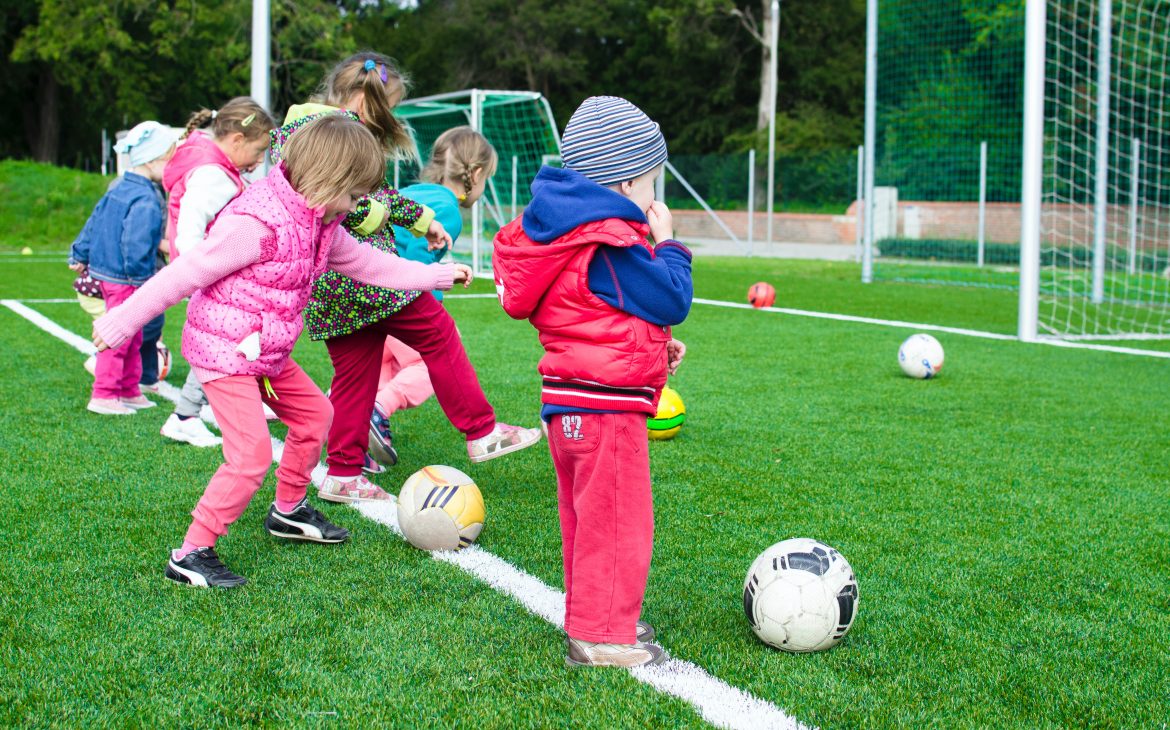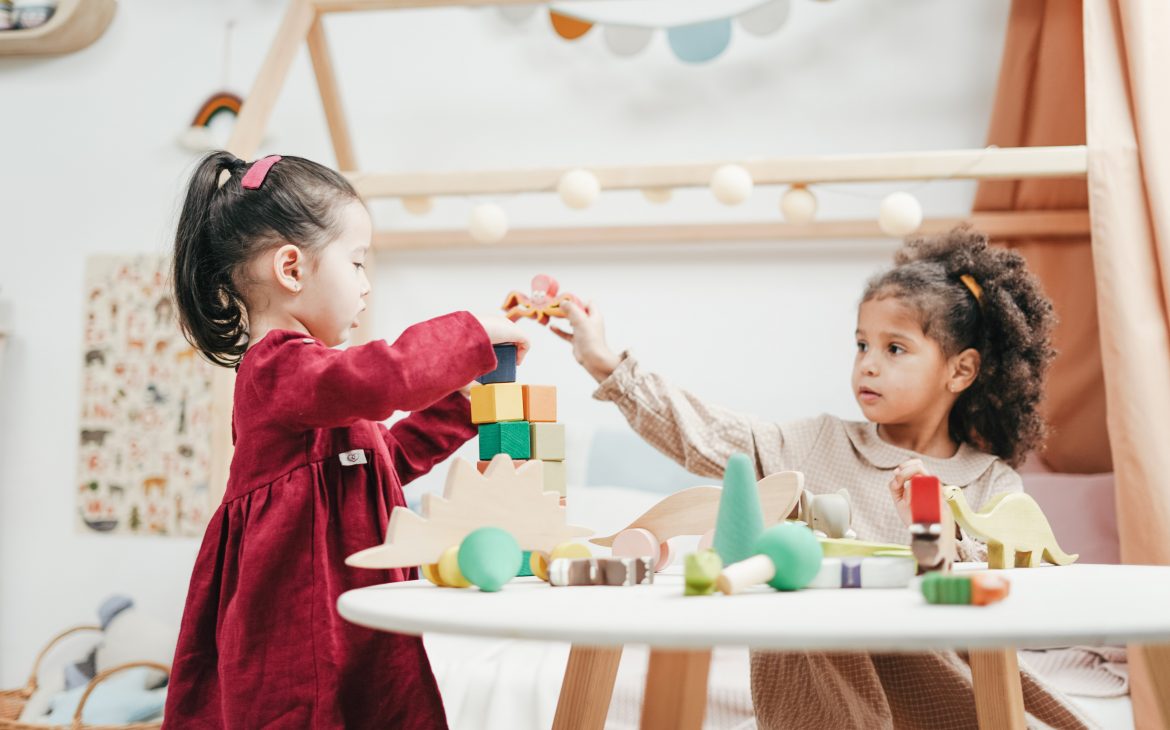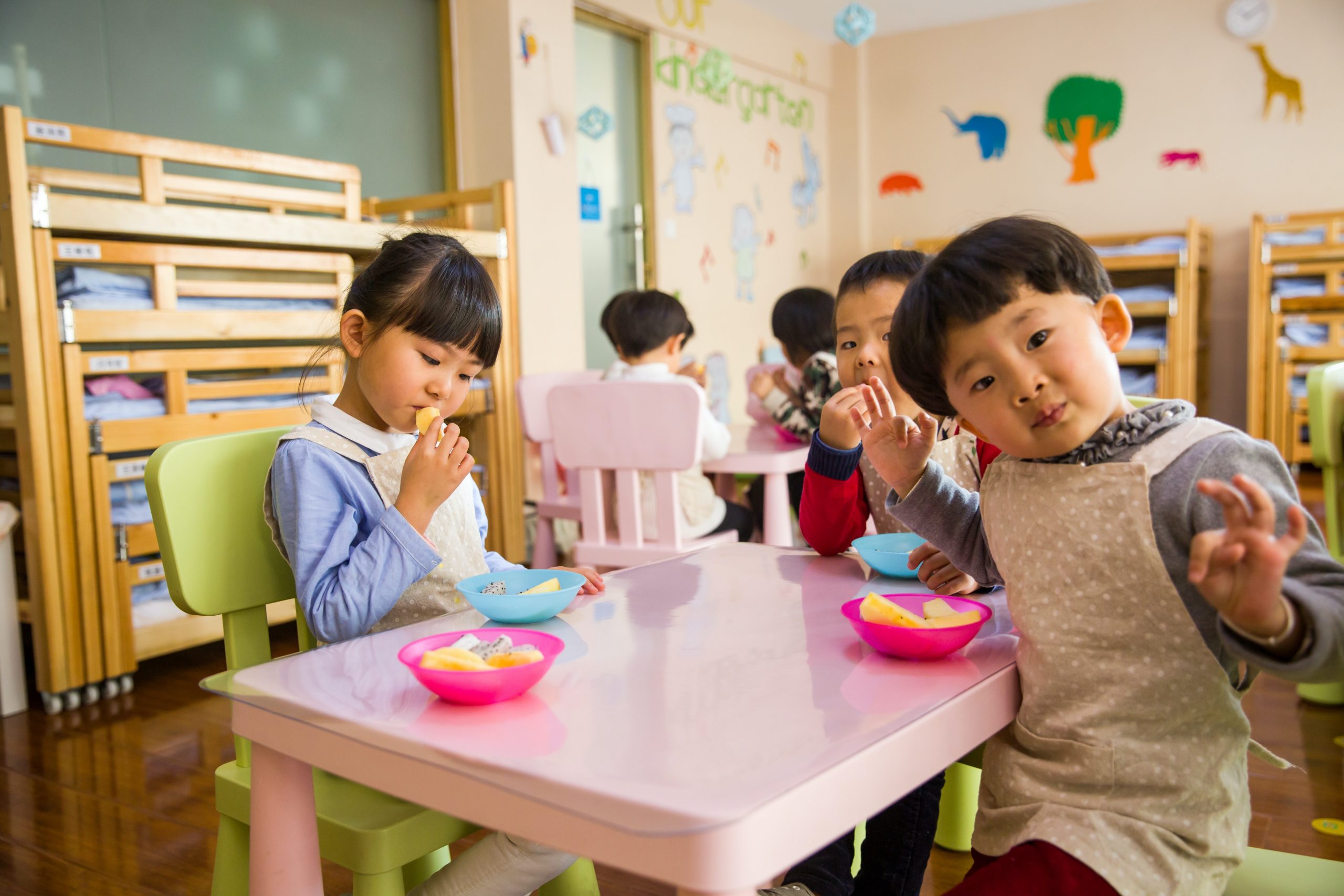DROP-OFF MELT DOWNS? HOW TO HANDLE DIFFICULT SCHOOL DROP-OFFS.
I assumed it was an excellent idea at the time: I signed my 4-year-old up for some summer classes at the preschool. He’d get to explore the establish some friendships and get used to returning to nursery after the holidays. He liked the idea, too: He was excited to get out his bag, and I encouraged him to stick nametags on his water bottle and shoes just like his big sister.
The first drop-off was a breeze. Cassius waltzed right in and barely waved goodbye to me, running over to a table full of cars. I bounded away, a sceptic of how easily the goodbye had gone.
At pickup, a pleasant three hours later, his teachers reported to me that he turned around to look for me and realised I was nowhere to be seen. That meant on-the-spot tears that lasted for the rest of the session until I came to collect him. I was actually annoyed they hadn’t called me, I had to think of him upset for that long.
DROP-OFF MELT DOWNS? HOW TO HANDL DROP-OFF MELT DOWNS? HOW TO HANDLE DIFFICULT SCHOOL DROP-OFFS

That night, when we chatted about his day, he seemed delighted—if a bit worried—to go back. The following day, we walked happily to the building. Cassius soon became heartbroken once we stepped up to the door. As he squealed, sobbed and stuck to me with all his force. I attempted to stay upbeat as I unrolled his fingers from my legs and gave him to his lively teachers. Inside, my heart was breaking. I don’t really remember the walk home— my mind was full of guilt and worry.
You’ve presumably figured that the culprit behind those tricky drop-offs is separation anxiety—it’s absolutely standard and very common. But those high emotions welling up can appear in everything from clinginess to tears to full-on outbursts, which can be distressing, no matter how “typical” it is.
Maternal wellness expert and licensed therapist Marcella Kelson, LMSW, MSc, about making drop-off easier for everyone involved. Here’s what she shared.
DROP-OFF MELT DOWNS? HOW TO HANDLE DIFFICULT SCHOOL DROP-OFFS
Talk about what’s going to happen—and act it out.
Sometimes, anxiety can stem from just not knowing what to expect. “My number one recommendation is to expose your child to elements of their new routine ahead of time,” shares Kelson. “If your child is going to a new school, try doing a run-through of a typical school morning as close to the actual timing as possible. Simply driving or walking by the entrance and showing them the door they’ll be going through, and generally communicating about their day can help your child feel less overwhelmed by new information.” You can even act out the drop-off routine with your kiddo’s toys or dolls, acting out how they’ll feel and what you’ll say—this can help them ensure their concerns are heard, and you can work through any fears together.

Make sure everyone is well-rested.
There’s no doubt that good sleep hygiene is essential for kids undergoing significant changes—but the same goes for parents, too. “Take care of your energy and your own anxiety as much as possible,” says Kelson. “It’s easier said than done, but the better rested, more emotionally prepared you feel, the easier it will be for you to be present, confident and sturdy through your child’s transition.” Carve out plenty of time in the mornings to get yourself ready, have a cup of coffee and centre yourself for the day ahead, so you’re in your best mindset for any problematic departures.
Set a goodbye ritual.
Get buy-in from your kid by having them help you create a goodbye ritual—the steps you’ll take when it’s time to part ways at drop-off. I helped my son hang up his backpack and set out his water bottle, then I gave him a big hug, and we did the secret handshake that we had practised at home. He looked forward to it each morning—it was a special ritual that only the two of us shared.
Offer a comfort object.
My son isn’t super attached to any specific lovies or stuffed animals, but he did select one to carry with him to camp each day and hold onto when he wanted to be reminded of home. He loved making a tiny collar for his stuffed puffin with his (and Pongo’s) name on it.
Get there early.
Making a point to arrive early to the drop-off line relieves some of the external stress and pressure parents might feel if they’re already frazzled by morning traffic and running late for their following obligation. “Limit as much stress as possible from other sources. Your energy will lead a lot of the experience—[your child] is looking to you to confirm that they’re safe,” says Kelson.
Get there early for pickup, too.
Being one of the first faces your kiddo sees once it’s time to go home can really help solidify their sense of safety, too. Make a point of getting to your child’s daycare or school at least 10 minutes before they’re released so you know you’ll get a spot right upfront and can be there waiting with open arms. Parents can use this time too as a chance to read a few pages or listen to a favourite podcast or song—why not treat it as self-care?
DROP-OFF MELT DOWNS? HOW TO HANDLE DIFFICULT SCHOOL DROP-OFFS

Make it quick.
I made this rookie mistake on my son’s second day of camp—I stayed way too long trying to console him. “Having worked in a nursery school, I can tell you that the lingering [at drop-off] usually escalates the upset for the child. Very generally speaking, the longer the parent lingers when the child is upset, the harder it is for the child to transition out of the upset,” Kelson tells me. Here’s where your goodbye ritual can really come in handy—for both of you. You’ll have a pre-agreed outline of what to do, and your child will (ideally) understand when it’s over, it’s time for you to leave.
Stay upbeat.
Sometimes our kids can pick up on our underlying anxieties about leaving them at school or worrying how they’ll fare without us around to help. The kernel here to keep in mind is that they’ll carry that through if you project confidence and positivity into their school experience. You’re giving your child ‘confidence by proxy’, says Kelson.
“I think big picture thinking is helpful in moments like this. Life is full of difficult moments, and learning how to separate is hard. Still, these are challenges we have to face as children to develop resilience. I’m not saying to deny your child’s emotional experience or even to minimise it. Still, I am suggesting to expect it to be challenging and not assume that challenging equals problem or trauma,” she adds.
Yes, this experience may be challenging—but the simple fact that it’s hard isn’t a negative. Hard is OK. “If we are internally debating whether the separation process is detrimental to our child and wondering if our child can navigate that—we’re not giving them the authentic opportunity to try.”
DROP-OFF MELT DOWNS? HOW TO HANDLE DIFFICULT SCHOOL DROP-OFFS
